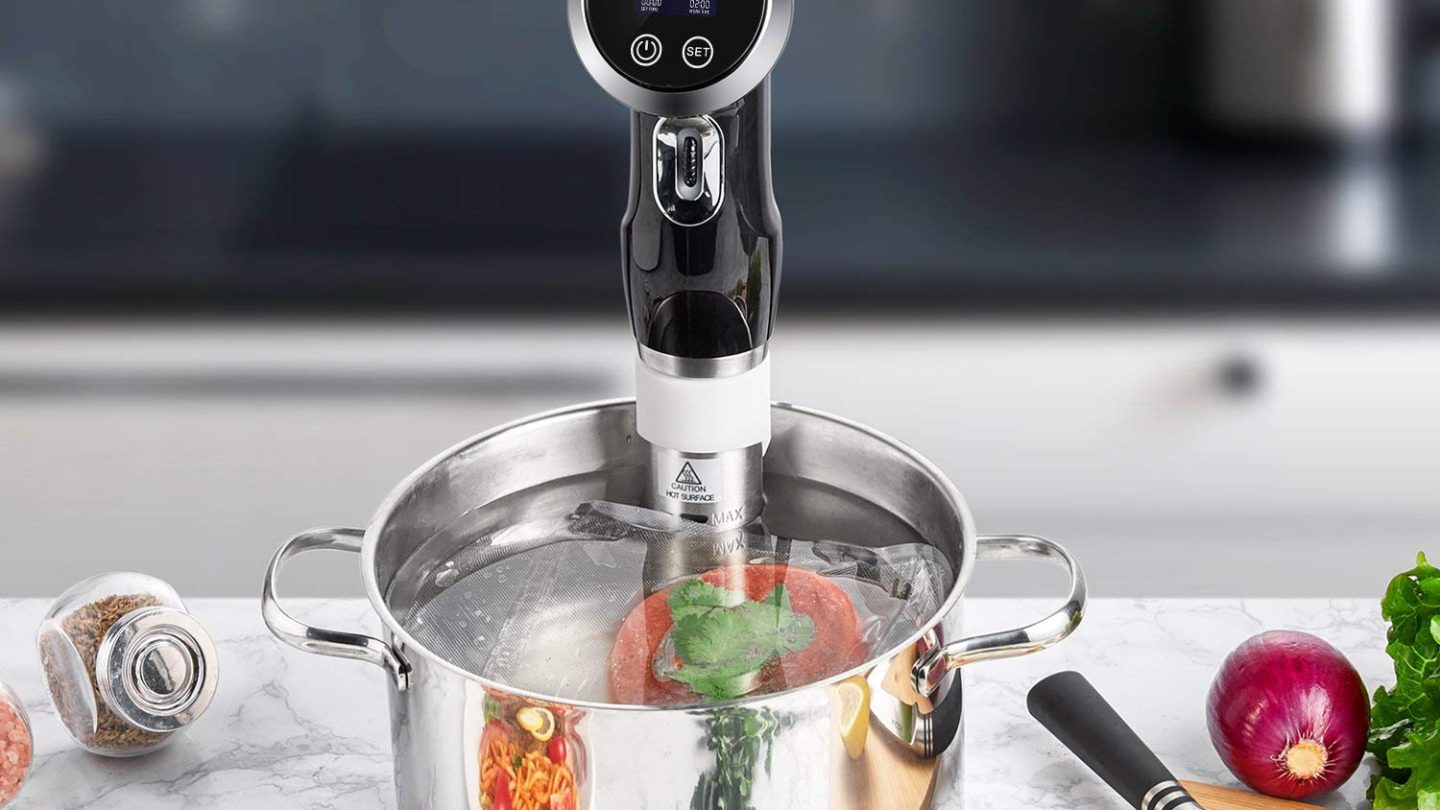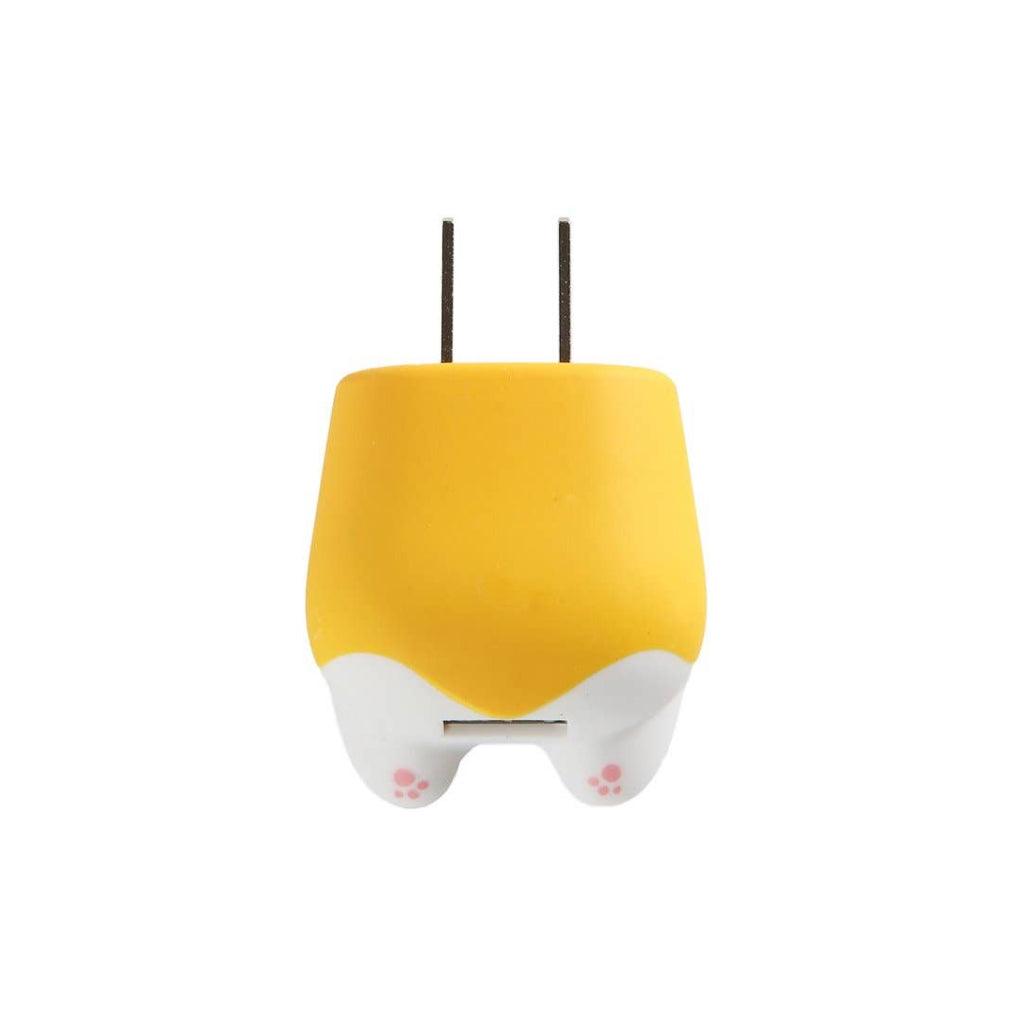What is a Sous Vide Cooker: Hot and Upcoming Kitchen Appliances of 2022!
You've probably heard about sous vide already, at fine dining establishments and on culinary championship events. However, an increasing number of individuals have started using it at home, and you should as well. It sure sounds a lot more dramatic than it actually is!
Sous vide pronounced as sue-veed is a cooking method that relies on exact control of temperature to produce consistently high-quality results. Over years, high-end eateries have used sous vide cooking to consistently prepare food to the correct level of cooking temperature required. With the advent of economical and simple-to-use sous vide perfection cooking equipment, the method has lately gained popularity among home chefs.
/Sous-vide_Stick_WI-FI-5a870f27fa6bcc003739b81a.jpg)
What is Sous Vide Cooking?
Sous vide cooking is the way of preparing food in temperature-controlled water after encapsulating it in an airtight jar which is typically a vacuum-packed sack. The name is derived from French is mainly translates to "under vacuum", which makes perfect sense. One basically vacuum wraps meat and places it in a huge bowl of water with marination, gravy, seasonings, and flavors. Zero contact is made with any hot surface of the metal. There will be no exposure to fire, water, or even smoke. In addition to that, the water is never allowed to get to a boil. You remove the food from the sous vide cooker once it meets the desired temperature or duration, take a quick look and perhaps another round, and start serving it. That is all there is to it.
Why opt for Sous Vide Cooking?
- By using the sous vide process, you may get outcomes that are practically hard to attain with regular methods.
- Sous vide is especially beneficial for preparing meats and shellfish since the margin of optimal cooking time when using standard methods is frequently infinitesimally narrow.
- Boneless chicken thighs and other parts, and foods are frequently kept at a specific temperature for a good purpose: to destroy microorganisms and enhance food safety.
- A computer-controlled warmer can heat a pot of water to just about any constant temperature you want, and it can maintain that for extended periods of time if necessary.
- Mastering heat pays rewards in a variety of ways, the most essential of which is that it liberates the chef from the intense control of temperature.
- Conventional cooking over a burner, furnace, or grill involves high and variable degrees, which necessitates precise timing and leaves major room for error. Sous vide cooking is the complete opposite of that!
- Traditional cooking can easily surpass optimum temperature with a split second of distractibility. In sous vide cooking, dishes will be just as excellent if they spend a few long moments at a specified temperature, allowing you to relax and focus on some of the more intriguing and unique parts of cooking.
- Sous vide cooking enables you to prepare meals to equal doneness throughout the pieces, eliminating dry edges and delicate cores.
- The outcomes are extremely reproducible. Each time, your steak will come out of the bag moist and pink.
- Since the sealed bag produces a totally humid atmosphere that efficiently braises the dish, the results are frequently significantly juicier and much softer.
- Sous vide cuisine does not at all brown, but has a quick sear provides that classic taste where it would be essential, giving you the best of all worlds.
- This cooking method uses a lot less oil compared to traditional cooking. Thus, making it a healthy eating practice!
- Sous vide eliminates a lot of the guesswork in the kitchen. When your meal is cooked thoroughly and set to consume, you'll know precisely when it is done.
- It is almost little to no chance of overcooking because the food rarely reaches its boiling point than the surrounding temperature of the water!

Sous Vide Thermal Immersion Circulators and Cookers
Sous vide thermal immersion circulators are the device that regulates the temperature of the water as the meal prepares. You may use this in any sort of cooking pot that is large enough to handle both the immersion circulator and the foodstuff. Simply clip it out to the pan's edge! The immersion circulator circulates the water in the vessel and keeps it at an accurate and realistic temperature by drawing through its inner heat source.
Sous vide cooker heats the water at a consistent temperature, never wavering between high and low extremities, using an electrically heated coil. This indicates that the heating is taking place in a regulated and progressive manner. More so than slow cookers and rice cookers, that cook at a fixed temperature, sous vide cookers allow you to customize your temperature range. Sous vide recipes usually provide one with a spectrum of preparation temperatures and timeframes, allowing you to cook your meal as per your preferred temperature of consistency, such as medium-rare steaks or a thoroughly cooked fish slice.
Steps of Sous Vide Cooking
Sous vide cooking isn't difficult or costly and is considerably simpler than it appears, and generally consists of three basic steps:
- Connect your precision cooker to a pot on the stove and adjust the temperature and time for the level of cooking time you wish.
- Place your meal in a sealed plastic bag and secure it to the utensil's edge.
- Give a crisp and golden external coating to the dish by sizzling, barbecuing, or searing it.
Many sous vide dishes, such as yoghurt and egg morsels, may be produced in glass preserving containers. So, if you're hesitant to prepare food in plastics, these dishes are a terrific way to get started with sous vide cooking.
Sous vide used to be a technique only utilized by restaurants to prepare big quantities of food, requiring incredibly expensive, enormous machinery. However, that was in the past, and this is in the present. With compact, inexpensive, efficient sous vide cookers, we're experiencing the glory years of home sous vide cooking!







